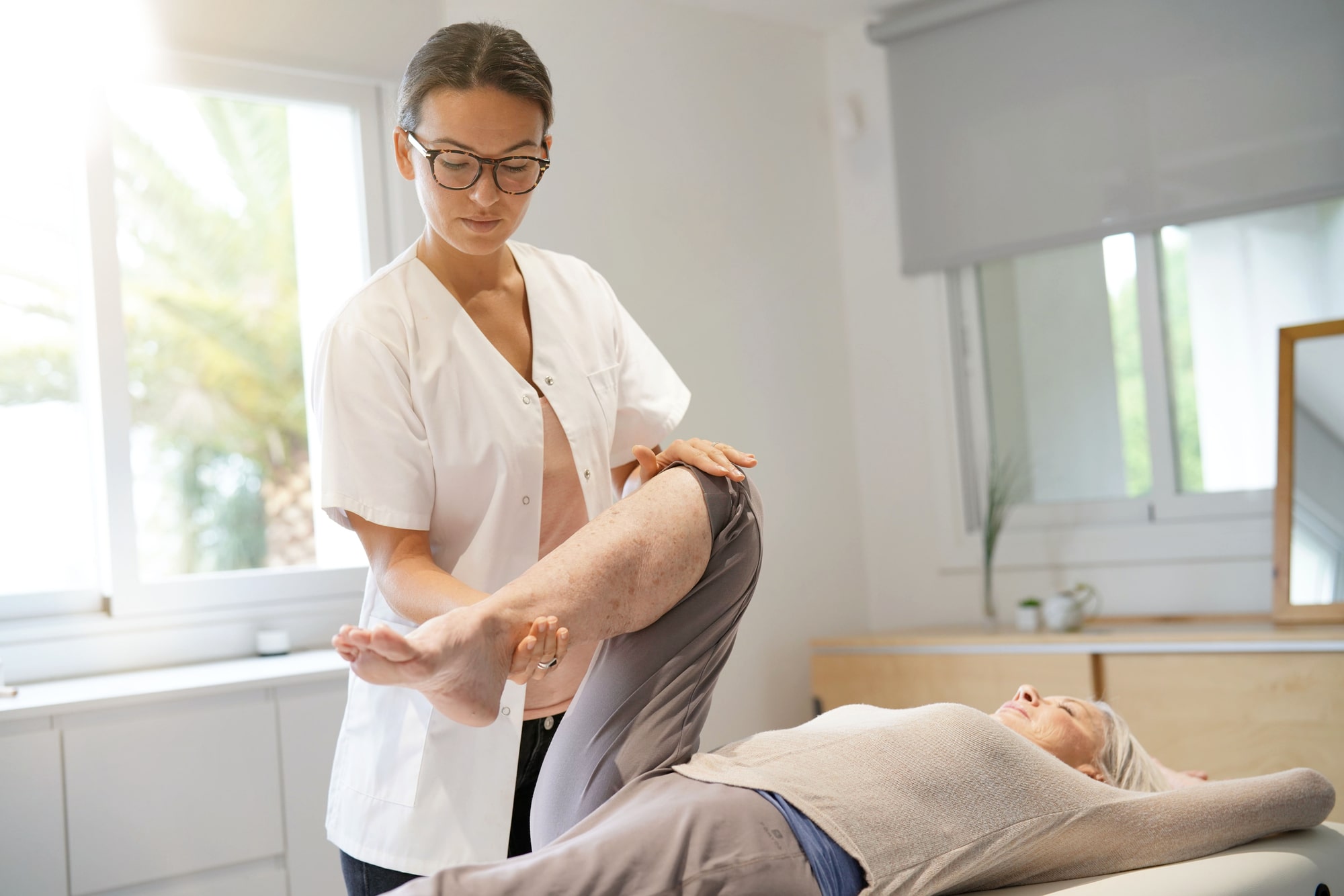Recovering from an injury or surgery often requires a structured approach to regain strength, mobility, and function. Orthopedic rehabilitation focuses on helping individuals recover from musculoskeletal conditions, including joint injuries, fractures, and post-surgical recovery. Knowing what to expect during the rehabilitation process can help patients stay motivated and actively participate in their recovery.
Initial Evaluation And Goal Setting
The first step in any rehabilitation program is a thorough assessment. A physical therapist will review medical history, assess current mobility, and identify areas of weakness or pain. This evaluation helps create a customized treatment plan based on the individual’s condition and recovery goals.
Goals may include restoring range of motion, improving strength, reducing pain, or returning to daily activities. Setting clear objectives allows both the patient and therapist to track progress throughout the program.
Personalized Treatment Plan
Rehabilitation programs are tailored to meet the needs of each patient. Treatment often includes a combination of exercises, manual therapy, and other therapeutic techniques. The intensity and duration of the program depend on factors such as the type of injury, overall health, and the patient’s response to therapy.
A structured plan typically involves:
- Strength and flexibility exercises to restore movement
- Balance and coordination training to improve stability
- Manual therapy techniques to reduce stiffness and discomfort
- Education on proper body mechanics to prevent re-injury
Each session builds on the previous one, gradually increasing activity levels to help the body adapt and heal.
Use Of Therapeutic Modalities
To support recovery, therapists may incorporate additional treatments such as ultrasound therapy, electrical stimulation, or heat and ice therapy. These methods can help reduce pain, promote circulation, and improve tissue healing.
Bracing or taping may also be used to provide joint stability and support during rehabilitation exercises. Patients may receive guidance on using assistive devices like crutches or braces as they regain strength and function.
Progress Monitoring And Adjustments
Recovery does not happen overnight, and progress varies from person to person. Therapists regularly monitor improvements and make adjustments to the treatment plan as needed. Patients may be given home exercises to complement in-clinic sessions and maintain progress between appointments.
Feedback from the patient plays a key role in modifying exercises and treatment approaches. Open communication helps address any concerns and allows for a more effective recovery process.
Returning To Daily Activities And Injury Prevention
As patients regain strength and mobility, therapy sessions focus on preparing them for everyday activities. Whether the goal is returning to work, sports, or simple tasks like walking without pain, rehabilitation is designed to restore function safely and effectively.
Preventing future injuries is also a major part of the rehabilitation process. Patients receive guidance on maintaining proper posture, strengthening muscles to support joints, and recognizing early signs of strain or overuse.
The Importance Of Consistency In Recovery
Commitment to therapy sessions and home exercises is essential for a successful recovery. Skipping sessions or stopping therapy too soon can delay progress or lead to setbacks. Staying engaged in the process helps achieve long-term results and reduces the risk of future injuries.
Finding The Right Support For Recovery
Recovering from an injury requires the right approach and professional guidance. Our friends at Austin Physical Therapy discuss how working with experienced therapists can make a difference in achieving long-term recovery goals. An orthopedic rehabilitation program provides the structure and support needed to regain strength, improve mobility, and return to daily activities with confidence.

